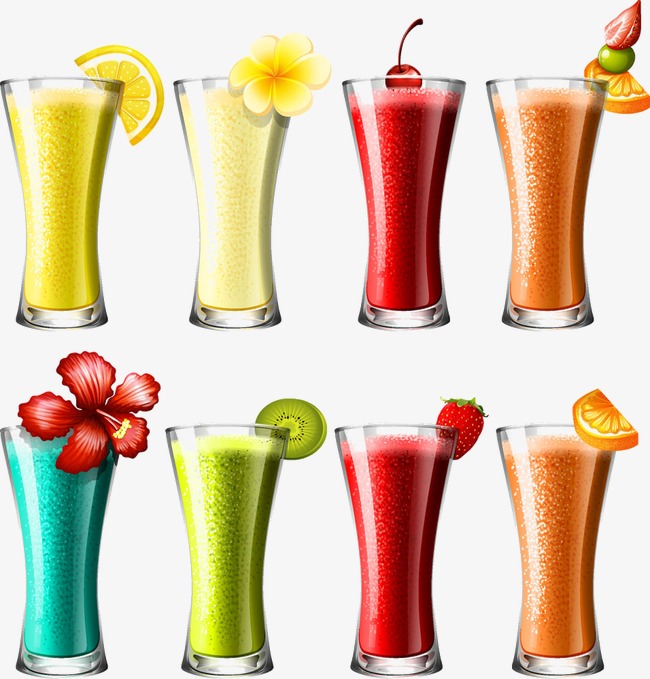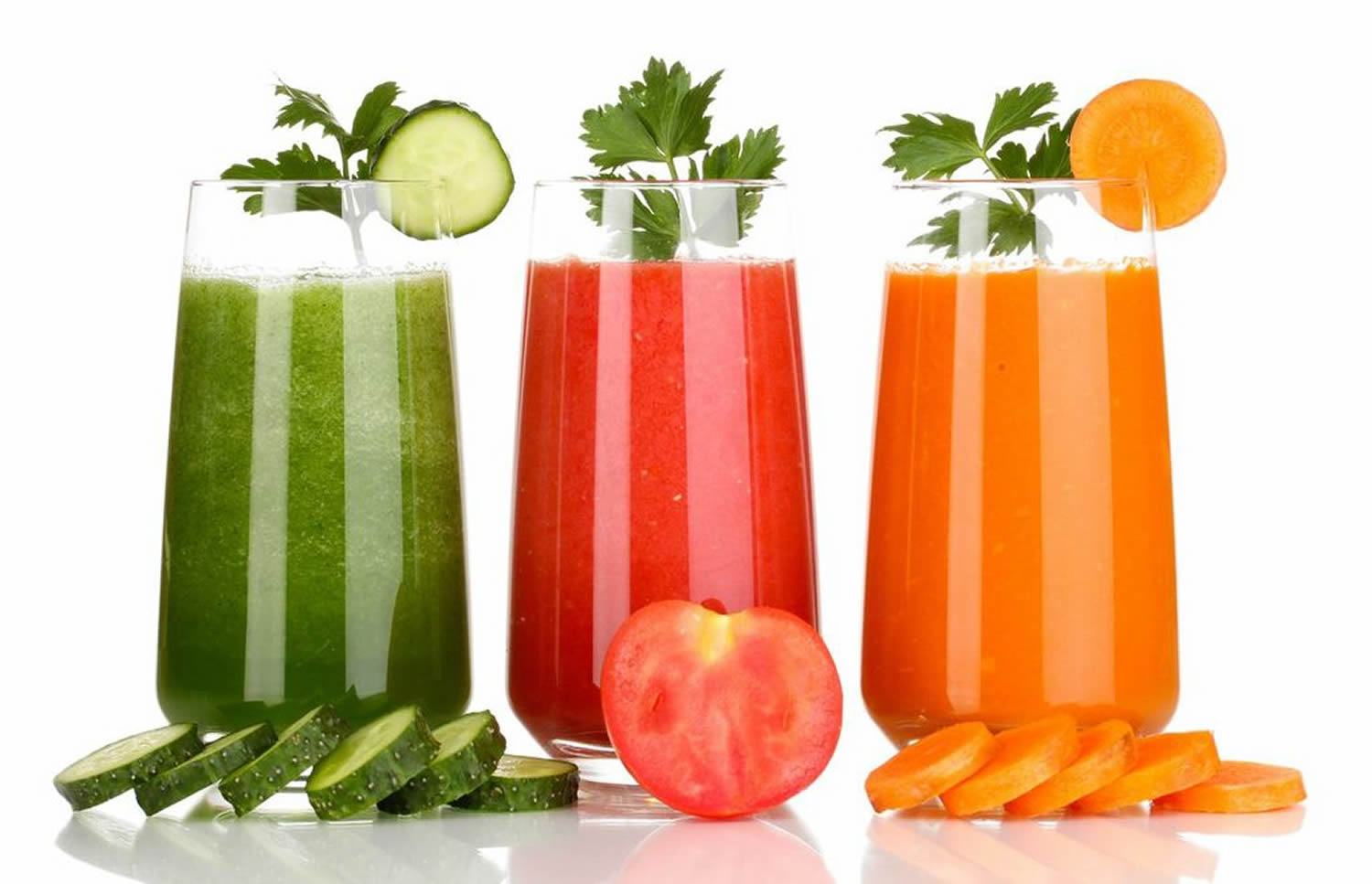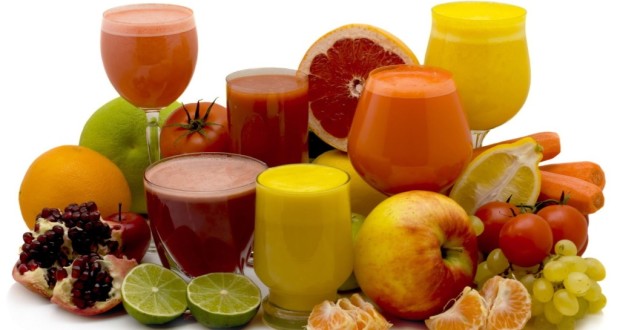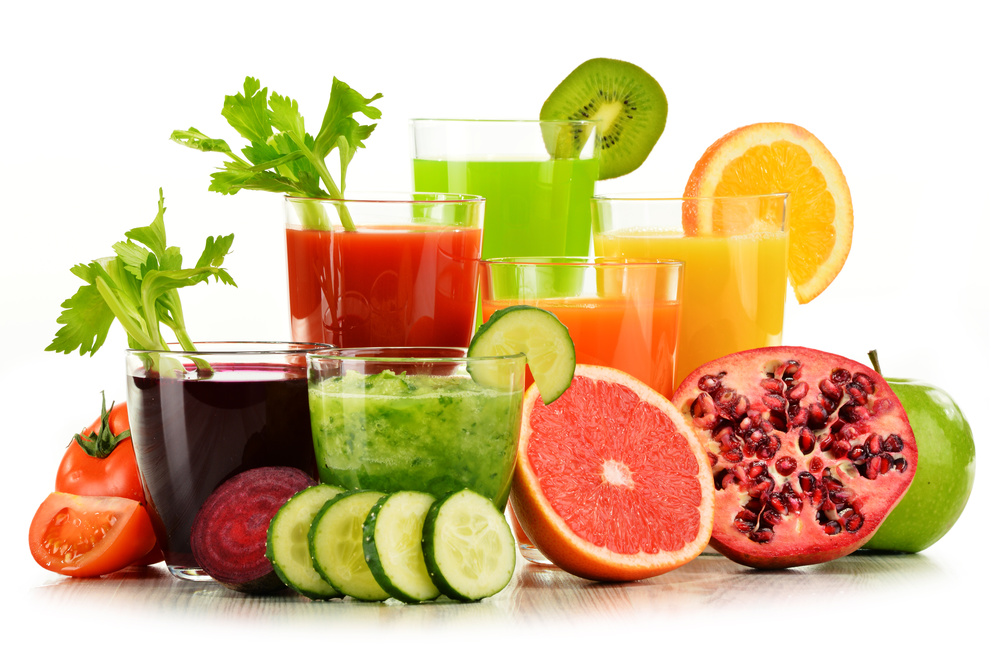Water is considered a life-saving drink. Without food, we can live for two days but it is challenging to remain thirsty for 24 hours straight. We need water every day. In place of water, we can use other liquid to meet the shortage of water in our body. For this reason, people often give a try to the liquid diet plan.
Our body is made of 50% to 60% water and if we keep this quantity, then our body will not lack water. If we drink water less than that, then we will become a victim of dehydration, the skin will start diminishing, the stones will grow in the kidneys, the food will not be adequately digested and various diseases will surround us.
To maintain the water content in our body, we need 8 to 10 glasses of water per day. If you fail to drink an adequate amount of water, then you can start doing the liquid diet plan to fight water shortage in our body.
- What Is a Liquid Diet Plan?
- Clear Liquids Diet Plan:
- Complete Liquid Diet Plan:
- Potential Restrictions For Initiating a Liquid Diet Plan:
- Pros and Cons of Liquid Diets:
- 5 Nutrient-Packed Smoothie Recipes:
- Conclusion:

Source :- pngtree . com
What Is a Liquid Diet Plan?
A liquid diet has been set to help you prepare or cure for digestive processes, depending on your condition that your doctor may advise you to follow clear liquid food or to follow a full liquid diet. This type of diet is temporary and usually lasts only for a few days. Following the directions of your healthcare provider, in particular, is essential.
This type of diet fulfills the shortage of water in our body and people who have a digestion problem can try this liquid diet plan. There are two types of liquid diet plans such as clear liquid diet plan and full liquid diet plan.
The liquid diet plan is useful to help you prepare or recover from medical examination, surgery, or other medical procedures. Following during that time is easy.

Source :- healthjade . com
Clear Liquids Diet Plan:
Clear liquid diet plan includes plain gelatin, fruit juices, clear broth, sports drinks, flavored water, ice pop, coffee, tea, honey, soda, clear nutritional supplements, lemonade, and so many more.
This Is A 1 1-day sample Menu For A Clear Liquid Diet Plan:
Breakfast:
- 1 bowl full of gelatin
- 1 cup full of tea or coffee without any dairy
- 1 glass of pulp-free fruit squash
Lunch:
- 1 cup of broth
- 1 glass of pulp free fruit juice or squash
- 1 glass of water
Snacks:
1 cup of tea or coffee, or soda without any dairy
1 pulp-free Popsicle
Dinner:
- 1 glass of water or pulp free fruit juice or squash
- 1 cup of broth
- 1 bowl of gelatin
- 1 cup of tea or coffee without dairy
Clear liquid diet plan does not provide enough levels of nutrients sometimes, so avoid planning this type of liquid diet plan for more than 3 to 4 days and start this only on physician’s advice.

Source :- inlifehealthcare . com
Complete Liquid Diet Plan:
A complete liquid diet plan includes everything on a clear plan with some extra dairy and grain options. All food should have smooth liquid stability. You can eat cooked, refined cereals such as oatmeal, wheat porridge, grind, and rice porridge.
Add water to get the right liquid stability in those foods as mentioned above. Other options of the complete liquid plan include cream soup, milk, butter, pudding, ice cream, custard, and juice of fruits.
This Is A 1 Day Sample Menu For A Complete Liquid Diet Plan:
Breakfast:
- 1 cup full hot cereal served with ½ bowl whole milk
- ½ cup of freshly made fruit juice or squash
Morning Time Snack:
- ½ cup of supplement beverage
- ½ cup of custard
Lunch:
- 1 big bowl of vegetable soup
- 1 cup of pudding made with chocolate
- ½ cup of freshly made tomato juice or squash
Lunch Time Snack:
- ½ cup of fruit juice or squash
- ½ cup of supplement beverage
Dinner;
- 1 cup of oatmeal with milk
- 2 cups of soup
- ½ cup of lemonade
Night Time Snack:
- ½ cup of vanilla flavored ice cream
- 1 cup of supplement beverage
One needs to eat 6 to 8 times during the course of the day with the variety of some blended or strained and liquid foods. To upsurge your caloric consumption, include your full-fat dairy products like whole milk or butter, or high-calorie shakes.

Source :- ih8exercise . com
Potential Restrictions For Initiating a Liquid Diet Plan:
All the potential restrictions depend entirely on your body’s requirements. So it may or may not work for every single individual.
- Depending on your situation, your health care provider may be subject to additional restrictions, for example, you may need to choose low-fat and fat-free options
- When you are on a liquid diet, drink plenty of water between meals to reduce hunger and cravings, and place your liquid food at regular intervals
- As per your body’s requirements, your doctor can ask you to avoid red or purple liquids because the fluid can be similar to the blood in your intestines
- You may also need to avoid caffeinated liquids
- You will also need to avoid alcoholic beverages
Pros and Cons of Liquid Diets:
Liquid diets can be used for various reasons, including weight loss, medical conditions, or digestive issues. However, like any diet plan, they come with their own set of pros and cons. Here’s a breakdown to help you understand when a liquid diet might be appropriate and not the best choice.
Pros of Liquid Diets:
Easier to Digest:
Liquid foods are generally easier to digest than solid foods, making them ideal for people with digestive issues or recovering from surgery. They are often prescribed when someone needs to rest their digestive system.
Helps with Weight Loss:
A liquid diet is often lower in calories, which can lead to weight loss. It may also reduce hunger since liquid foods can take up space in the stomach, helping to curb cravings.
Nutrient-Rich (If Done Right):
If properly balanced with the right ingredients, liquid diets can provide essential nutrients, vitamins, and minerals. Smoothies, soups, and shakes can be packed with fruits, vegetables, protein, and healthy fats.
Convenient and Time-Saving:
Liquid meals are often quicker to prepare and consume than traditional solid meals. They can be ideal for people with busy schedules who need something quick and easy.
Hydration:
Since liquid diets consist of fluids, they help maintain hydration levels. This is particularly beneficial for individuals who have trouble consuming enough water.
Detox or Cleansing (Short-Term):
Some people use liquid diets for short-term detox or cleansing. It’s believed that liquid diets help the body get rid of toxins, though scientific evidence supporting this is limited.
Cons of Liquid Diets:
Nutrient Deficiency:
If not carefully planned, liquid diets can lack essential nutrients such as fiber, vitamins, and minerals. This could lead to deficiencies over time, especially in the long run.
Lack of Satiety:
Liquid meals might not keep you full for long, especially if they are low in fiber or healthy fats. This can lead to constant hunger or overeating later in the day.
Potential for Muscle Loss:
A liquid diet that’s too low in protein or calories could result in muscle loss, especially if followed for an extended period. Protein is crucial for maintaining muscle mass, and liquid diets can sometimes be lacking in sufficient protein sources.
Can Be Boring or Monotonous:
Many liquid diets consist mainly of shakes, smoothies, or soups, which can become repetitive and less satisfying over time. This can lead to a lack of enthusiasm for maintaining the diet.
Risk of Over-Reliance on Processed Foods:
Many liquid diets rely heavily on pre-made shakes or meal replacements, which can be processed and contain artificial ingredients, added sugars, and preservatives. These are less healthy than whole food-based liquid diets.
Temporary Results:
While liquid diets can result in quick weight loss, the results are often temporary. Once you return to regular eating habits, it’s easy to regain the lost weight unless you make permanent lifestyle changes.
Digestive Problems When Reintroducing Solid Foods:
After following a liquid diet for an extended period, your digestive system may become sensitive to solid foods. Reintroducing solid meals too quickly can cause bloating, discomfort, or digestive issues.
Social and Lifestyle Challenges:
Consuming only liquids can make socializing or eating out challenging. You may feel isolated or deprived when others around you are eating solid food.
5 Nutrient-Packed Smoothie Recipes:
Here are five nutrient-packed smoothie recipes that are delicious and full of essential vitamins, minerals, and protein to help you stay energized and nourished:
1. Green Protein Power Smoothie:
Ingredients:
- 1 cup spinach (fresh or frozen)
- 1/2 banana
- 1/2 cup Greek yogurt (for protein)
- 1 tablespoon chia seeds (for omega-3s and fiber)
- 1/2 cup almond milk (or any milk of choice)
- 1 tablespoon peanut butter (for healthy fats and protein)
- 1/4 cup ice (optional)
Instructions:
- Combine all ingredients in a blender.
- Blend until smooth and creamy.
- Adjust the consistency with more almond milk if needed.
- Pour into a glass and enjoy a protein-packed, green boost!
Why It’s Good:
- Spinach provides iron, vitamins A, C, and K.
- Banana gives you potassium and natural sweetness.
- Greek yogurt is high in protein and probiotics for gut health.
- Chia seeds add fiber and omega-3 fatty acids.
2. Berry Antioxidant Smoothie:
Ingredients:
- 1/2 cup mixed berries (blueberries, strawberries, raspberries)
- 1/2 cup Greek yogurt or cottage cheese
- 1 tablespoon flaxseeds (ground)
- 1/2 cup unsweetened almond milk (or milk of choice)
- 1 tablespoon honey or maple syrup (optional for sweetness)
- 1/4 cup ice (optional)
Instructions:
- Place all ingredients in a blender.
- Blend until smooth.
- Taste and add more sweetener if needed.
- Pour into a glass and enjoy the antioxidant-rich smoothie!
Why It’s Good:
- Berries are packed with antioxidants, vitamins C and K.
- Greek yogurt or cottage cheese offers protein and calcium.
- Flaxseeds add fiber, omega-3 fatty acids, and lignans for heart health.
3. Tropical Mango-Coconut Smoothie:
Ingredients:
- 1/2 cup mango (fresh or frozen)
- 1/2 banana
- 1/4 cup coconut milk (or any milk of choice)
- 1 tablespoon shredded coconut (unsweetened)
- 1 tablespoon chia seeds or hemp seeds
- 1/4 cup ice (optional)
Instructions:
- Add all ingredients to a blender.
- Blend until smooth and creamy.
- Adjust sweetness or thickness with a little honey or more milk if needed.
- Serve chilled and enjoy!
Why It’s Good:
- Mango is rich in vitamins A, C, and fiber.
- Banana offers potassium and energy.
- Coconut milk provides healthy fats and a tropical flavor.
- Chia or hemp seeds offer protein, omega-3s, and fiber.
4. Chocolate Peanut Butter Banana Smoothie:
Ingredients:
- 1/2 banana
- 1 tablespoon peanut butter
- 1 tablespoon cacao powder (unsweetened)
- 1/2 cup milk (or plant-based milk)
- 1/4 cup Greek yogurt (for protein)
- 1 tablespoon honey or maple syrup (optional)
- 1/4 cup ice (optional)
Instructions:
- Add all ingredients to the blender.
- Blend until smooth and creamy.
- Taste and adjust the sweetness if needed.
- Pour into a glass and enjoy the chocolatey goodness!
Why It’s Good:
- Banana provides potassium and natural sweetness.
- Peanut butter gives protein, healthy fats, and energy.
- Cacao powder is full of antioxidants and magnesium.
- Greek yogurt adds protein for muscle repair.
5. Avocado and Berry Smoothie:
Ingredients:
- 1/2 ripe avocado
- 1/2 cup mixed berries (blueberries, raspberries, or strawberries)
- 1/2 cup spinach (optional, for extra nutrients)
- 1 tablespoon flaxseeds (ground)
- 1/2 cup almond milk (or any milk of choice)
- 1/4 cup ice (optional)
Instructions:
- Combine all ingredients in a blender.
- Blend until smooth and creamy.
- Adjust consistency with more almond milk if needed.
- Pour and enjoy this creamy, nutrient-dense smoothie!
Why It’s Good:
- Avocado provides healthy fats, fiber, and potassium.
- Berries are full of antioxidants and vitamins.
- Flaxseeds add omega-3s, fiber, and lignans for heart health.
- Spinach offers iron, calcium, and vitamins A and C.
Conclusion:
Liquid diets can be useful in certain situations, especially for short-term purposes like detoxing, medical conditions, or post-surgery recovery. However, for long-term use, they can lead to nutrient deficiencies, muscle loss, and lack of satiety. If you’re considering a liquid diet, it’s important to ensure that it is nutritionally balanced and consult with a healthcare professional, especially if you plan to follow it for more than a few days or weeks.
Reference Link:
- Full Liquid Diet: What to Eat, Benefits, and Limitations
- What You Need to Know About a Full Liquid Diet
- Full liquid diet: MedlinePlus Medical Encyclopedia
- Clear liquid diet
- Liquid Diet (Including High Calorie Tips)